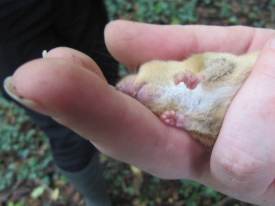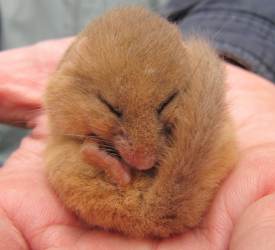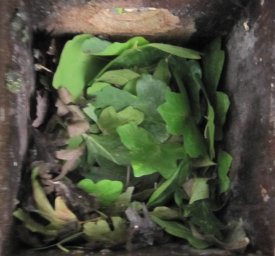 |
Local Nature Reserve |
||||||||||||||||||||||||||||||||||||||||||||||||||||||||||||||||||||||||||||
|
Aerial View & Location Map Habitats Animals Dormice Birds Invertebrates Butterflies Moths Fauna list Plants Orchids Trees/Shrubs Fungi Lichen, Moss & Liverworts Flora list Vistas Slideshows Snowscenes Viewpoints Nature Trail Friends' Group Management History/Archive Useful Information Contact Links |
Data 2009 2010 2011 2012 2013 2014 2015 2016 2017 2018 2019 2020 2021-24
Back to top |
||||||||||||||||||||||||||||||||||||||||||||||||||||||||||||||||||||||||||||


